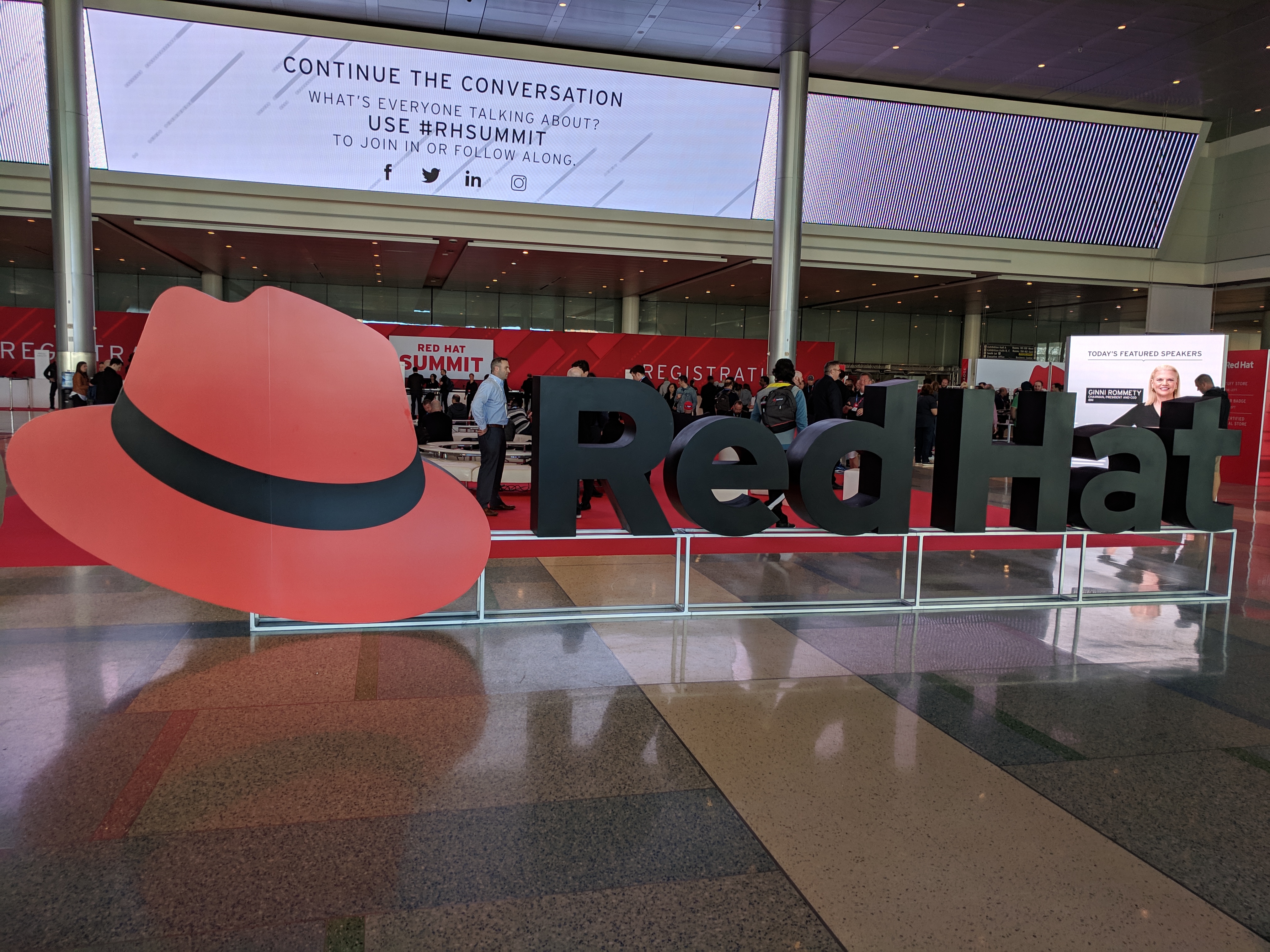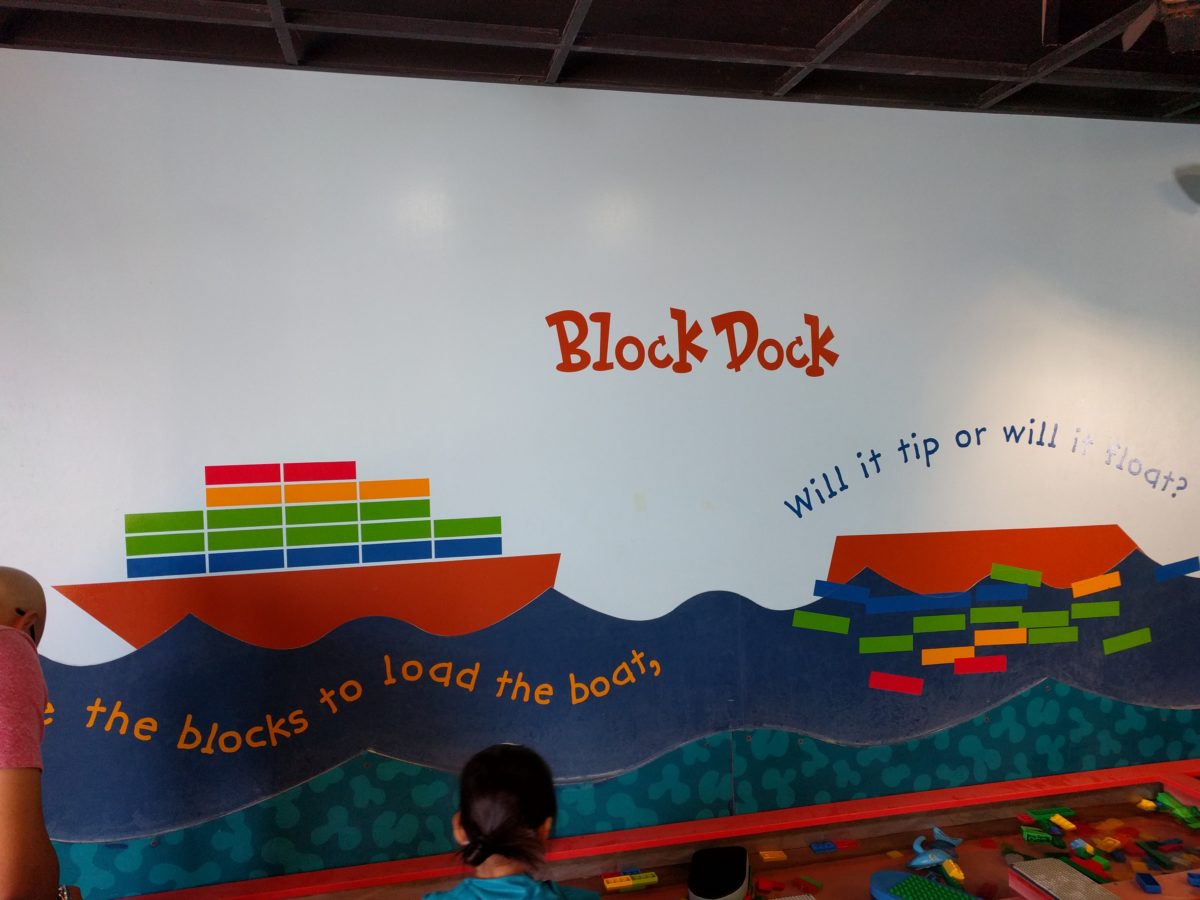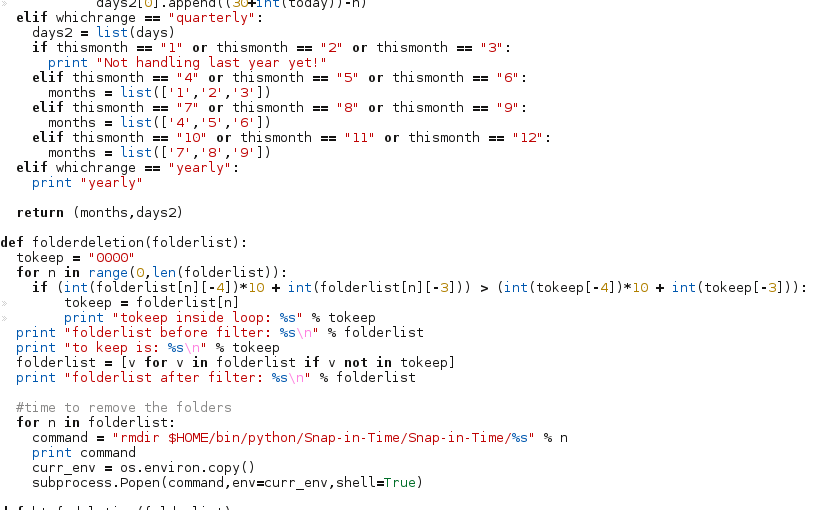-
Fedora 31 is coming; Getting on Fedora 30
Back when Fedora 30 came out, I updated my laptop, but I left my main computer and the HTPC on Fedora 29. The former because I was busy with something at the time and didn’t want the disruption of an upgrade; the latter because the family depends on it for entertainment. However, with Fedora 31…
-
Red Hat Summit 2019

Red Hat Summit 2019 was my first Red Hat Summit. I heard quite a few people saying it was the largest one they’d been to yet and that it used to be a pretty small convention. That was not the case this year; it used up the entire Boston Convention Center. I’ve said before, concerning…
-
Upgraded Laptop to Fedora 30
Now that I’m back from Red Hat Summit, I am ready to start upgrading my Fedora computers. Well, probably not the server or the living room HTPC – I’ll take advantage of the fact that Fedora supports the n-1 release to reduce headaches and downtime. As I’ve done for a few releases now, I used…
-
The self-hosting journey continues
Although I’ve had a website since the mid-90s, it was 2005 or thereabouts that I first started hosting my own sites rather than relying on other sites. The first bit of hosting involved blogging and I tried a few different software packages before settling on WordPress. And other than playing around with phpBB for my…
-
CentOS 7 works on Acer Aspire One D255E
Often people try and dissuade you from installing CentOS onto a laptop because they say the chipsets on the laptops are so varied it’s likely you will end up unable to use your laptop because the drivers aren’t there. Well, I don’t know if it’s because this netbook is so old (I mean, netbooks as…
-
Attempting to use Clonezilla to clone my server
My main server, Tanukimario, has a 120GB hard drive in it and it’s started to become annoying to butt up against that limit. I have an 512GB SSD that I only used for a couple years that I wanted to use as a replacement. In order to reduce the annoyances that come from setting things…
-
HDRMerge and CC Extractor RPMs
A while back I created a copr repo for HDR Merge. I hadn’t kept up with it because there weren’t regular HDRMerge releases going on, but I noticed the git repo has been very active, so I decided to create a new RPM for Fedora 29. And recently I learned that for the newest version…
-
Another piece falls into place for Docker

Yesterday I was at a conference dedicated to DevOps and so Red Hat and Google were there to talk about containers, especially Docker and Kubernetes. While summarizing it to some of my employees today, I was asked about what I see as the benefits of Docker containers relative to Virtual Machines. I mentioned that one…
-
Stratis or BTRFS?
It’s been a while since btrfs was first introduced to me via a Fedora version that had it as the default filesystem. At the time, it was especially brittle when it came to power outages. I ended up losing a system to one such use case. But a few years ago, I started using btrfs…
-
btrfs scrub complete
This was the status at the end of the scrub: [root@supermario ~]# /usr/sbin/btrfs scrub start -Bd /media/Photos/ scrub device /dev/sdd1 (id 1) done scrub started at Tue Mar 21 17:18:13 2017 and finished after 05:49:29 total bytes scrubbed: 2.31TiB with 0 errors scrub device /dev/sda1 (id 2) done scrub started at Tue Mar 21 17:18:13…
-
Speed of btrfs scrub
Here’s the output of the status command: [root@supermario ~]# btrfs scrub status /media/Photos/ scrub status for 27cc1330-c4e3-404f-98f6-f23becec76b5 scrub started at Tue Mar 21 17:18:13 2017, running for 01:05:38 total bytes scrubbed: 1.00TiB with 0 errors So on Fedora 25 with an AMD-8323 (8 core, no hyperthreading) and 24GB of RAM with this hard drive and…
-
Finally have btrfs setup in RAID1
A little under 3 years ago, I started exploring btrfs for its ability to help me limit data loss. Since then I’ve implemented a snapshot script to take advantage of the Copy-on-Write features of btrfs. But I hadn’t yet had the funds and the PC case space to do RAID1. I finally was able to…
-
LXC Project Part 3: Starting and logging into my first container
Continuing my LXC project, let’s list the installed containers: lxc-ls That just shows the name of the container – lemmy. For completion’s sake, I’m going to start it as a daemon in the background rather than being sent straight into the console: lxc-start -n lemmy -d As per usual Linux SOP, it produced no output.…
-
LXC Project Part 2: Setting up LXC

I’m continuing on from yesterday’s post to get the VM ready to host LXC. I’m starting with Centos 7 so the first thing I had to do was enable the epel repos: yum install epel-release Then, according to the guide I was following, I had to also install these package: yum install debootstrap perl libvirt…
-
LXC Project Part 1: Bridging the Connection

As I mentioned before, I’m looking at Linux Containers (LXC) to have a higher density virtualization. To get ready for that, I had to create a network bridge to allow the containers to be accessible on the network. First I installed bridge-utils: yum install bridge-utils -y After that, I had to create the network script:…
